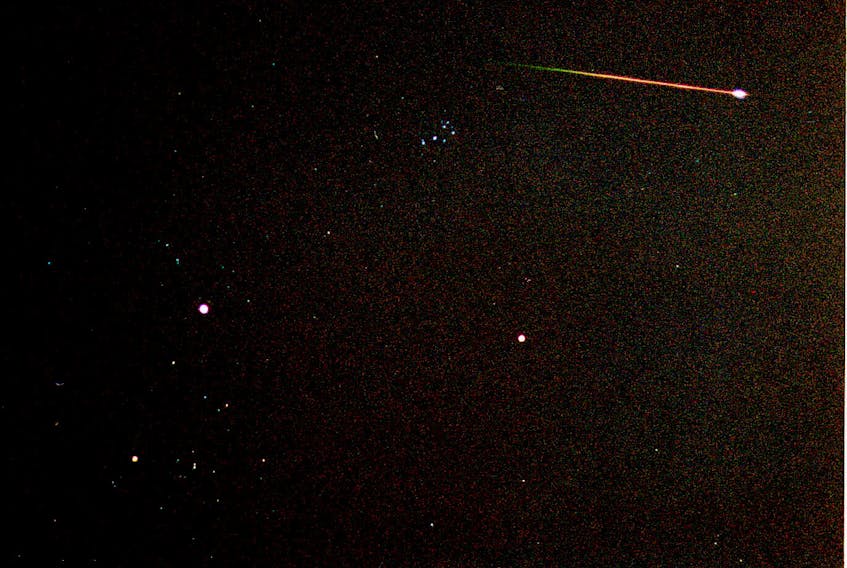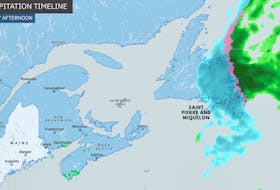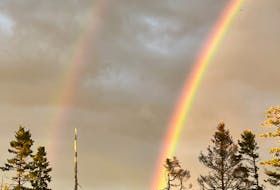We’ve seen more than our share of weather roll across the region in the past week, but when it comes to stargazing, it’s often about timing. And this weekend, Mother Nature’s timing is looking good.
The clouds will clear from west to east as one of the year’s best meteor showers comes to a peak in our nighttime sky.
It’s time for the annual Leonid meteor shower. It happens each year when Earth approaches a stream of debris left behind by comet Tempel-Tuttle. Each speck will hit Earth’s upper atmosphere at about 72 km/s that’s more than 250,000 km/h – producing a swift meteor.
The Leonids can put on quite a show; in fact some years they refer to the showers as a “storm.” The great Leonid meteor storm of 1833 was one of the most spectacular in recorded history. It produced as many as 200,000 meteors per hour, startling 19th-century observers across all of eastern North America.
We can’t expect that kind of display this year, as moonlight could wash out some of the faint meteors. Forecasters do expect the shower to peak on Nov. 17 and 18 with as many as 15 meteors per hour.
So where should you look?
The “shooting stars” can appear anywhere in the sky, but they trace their path back to a point in the constellation Leo. This shower is named the Leonids because they appear to radiate from a point just inside the Sickle of that constellation. It’s not important to know exactly where the radiant is because the longest and brightest meteors are usually about 90 degrees away from the radiant. The radiant will be roughly halfway up the eastern sky, so the best directions to look are south, north and directly overhead.
The best time to look is during the hours before dawn on Saturday, Nov. 17, and Sunday, Nov. 18, when the Lion is high in the eastern sky.
Happy sky watching.









